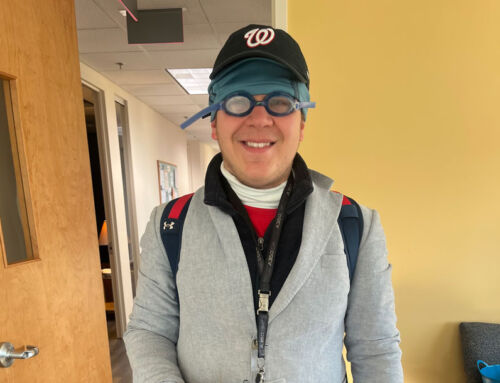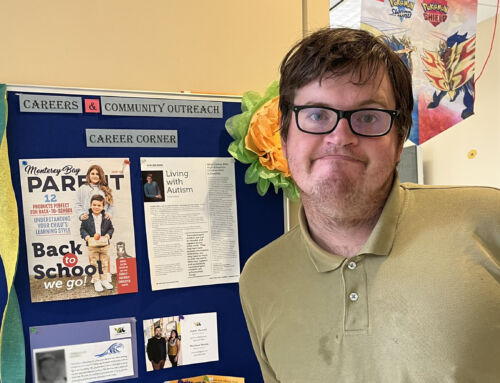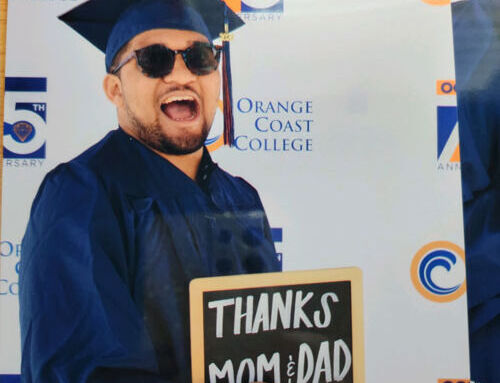By Victoria Fry Financial & ILS Coordinator, CLE Costa Mesa
Stories
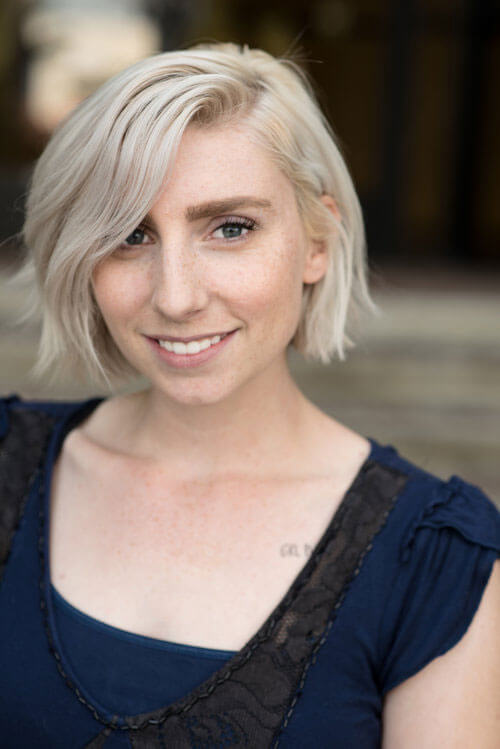
My colleague, Kyle, will tell you about growing up in a religious community, but finding his own path through playing guitar in a hardcore band. Kyle put it best when he said, hardcore music was what church should have been. It connected him to something bigger than himself and empowered him to connect with others on a raw, visceral level.
If somebody asked me, I would tell them about how I failed my driver’s permit exam seven times. Yes, seven times, each time with intensive studying and academic support. After seven strong blows to my self-esteem, I called it quits and decided that driving wasn’t for me. After I gave up, my grandmother motivated me to take the test again by negotiating $20 of pay for every time that I failed the test. I didn’t study for two weeks, stayed up too late the night before, walked into the DMV the next day ready to fail with flying colors – and PASSED. My grandmother confirmed her long-standing theory that she would be a bold competitor on the Price is Right, and I learned that hitting a cognitive wall is typical, and sometimes the best way to climb it is counter-intuitive.
Although all three experiences varied in length and emotional intensity, we all walked away with lifelong knowledge that extended beyond what a degree or book could teach us. In fact, I’m sure when you reflect on your most transformative moment; you will think of a lesson that you weren’t planning on learning that day. Educators and parents alike call these memories natural learning experiences, and they can be both contrived and spontaneous.
II. Examination is the highest form of knowledge, so look beyond the book.
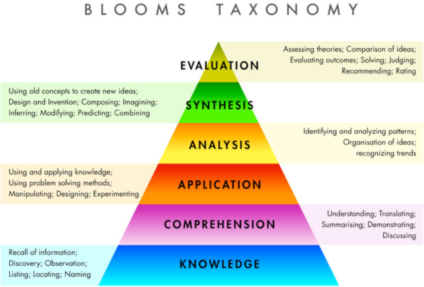 To appreciate why natural learning experiences are vital to reaching deep understanding of topics, we need to have an understanding of how people learn. One way to explore learning is to break it down into steps according to Benjamin Bloom, the creator of Bloom’s Taxonomy (1956). According to Bloom’s Taxonomy, basic recall of factual information can only get you so far. To use it as a tool, you need to explain it in your own words, connect it to another fact, event, or memory, use it in one way or another, and maybe even assess its value. For instance, if we were to apply Bloom’s Taxonomy to caring for a new puppy:
To appreciate why natural learning experiences are vital to reaching deep understanding of topics, we need to have an understanding of how people learn. One way to explore learning is to break it down into steps according to Benjamin Bloom, the creator of Bloom’s Taxonomy (1956). According to Bloom’s Taxonomy, basic recall of factual information can only get you so far. To use it as a tool, you need to explain it in your own words, connect it to another fact, event, or memory, use it in one way or another, and maybe even assess its value. For instance, if we were to apply Bloom’s Taxonomy to caring for a new puppy:
- Knowledge: A puppy needs to eat one bowl of dry food daily, and water should be available at all times.
- Comprehension: Preparing a bowl of food and water for the puppy, refilling accordingly.
- Analysis: This information would be helpful if I had a kitten.
- Synthesis: My puppy is getting bigger, and I’m noticing the food bowl is empty more often. I should probably fill it up more often to ensure that my puppy is getting enough food.
- Evaluation: I’m noticing that my puppy is eating everything in sight, including my homework. Is that typical? If not, what resources are available to help my puppy?
As you can see, factual information about the puppy’s dietary needs was built upon naturally from circumstance, and thankfully, there’s no shortage of that in the world. About this idea, Bloom wrote in his book, Developing Talent in Young People:

Often times, this learning model starts with factual knowledge, and builds naturally into a richer understanding of how our world operates – no degree needed. The goal of following Bloom’s Taxonomy is to transform knowledge into compassion over years and generations.
III. Ways to embrace natural learning experiences
Natural learning opportunities can be found everywhere if you know where to look. Below are a few examples:
| Knowledge | Environment | Implementation |
|---|---|---|
| Fractions | Kitchen | Following a new recipe How many ½ cups make 1 cup? |
| Decimals | Inside a car | Reading the odometer If the number before the decimal represents 1 mile, what do the numbers after the decimal represent? |
| Measurements | Nearby furniture store | Measure the space, measure the furniture Ask, what would be the best fit? |
| Music | In the home | Play a familiar song through speakers. Point out the rhythm of the bass. Place your hand on the speaker, feel the vibration, connect it to the sound. Ask, what is the role of bass in music? |
Natural learning opportunities extend beyond the information and into the lives of learners. Decimals aren’t a period; they can represent something larger – a mile. Music doesn’t just play from the speakers; each instrument adds value to what you’re hearing. An abandoned home isn’t just an abandoned home; it’s an opportunity to learn a new story. These experiences stick with us and transform us into lifelong learners. I encourage you to take the next step by asking the question, what do I want them to remember?
Resources available to you:
Recommended Reading:
Bloom, B. S., & Sosniak, L. A. (1985). Developing talent in young people. New York: Ballantine Books.
Lawler, R. W. (2015). Natural Learning Case Study Archives. British Journal Of Educational Technology, 46(5), 921-923.
Natural Learning: Brain Based Principles (Educational Blog Post)
Recommended Watching:
Ken Robinson: Learning Revolution (Video)
Diana Laufenberg: How to learn? From Mistakes (Video)
Glenn Knockwood: Modern Education – Natural Learning, Changing Our Perspective (Video)


